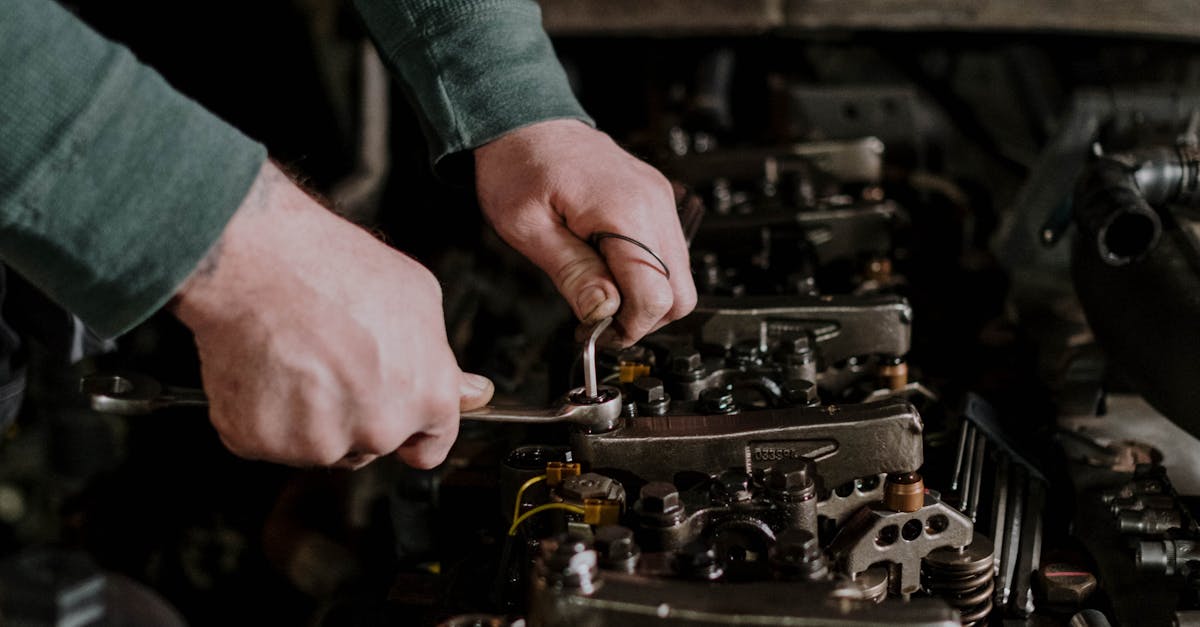
Valves And Guides For Automotive Repair
- October 01, 2024
- 4 min Read
- Views 715
Valves and Guides for Automotive Repair
The performance, efficiency, and longevity of a vehicle's engine largely depend on the quality and maintenance of its valves and guides. In this article, we delve into the intricacies of valves and guides for automotive repair, highlighting their importance, functioning, and the best practices for their maintenance and replacement.
The Significance of Valves in Automotive Engines
Valves are critical components in an internal combustion engine (ICE). They control the flow of fuel and air into the engine cylinders and the exhaust gases out of them. There are primarily two types of valves in an engine – intake valves and exhaust valves. Intake valves allow the air-fuel mixture into the combustion chamber, while exhaust valves expel the combusted gases.
The precise timing and sealing provided by these valves ensure the engine runs efficiently, producing maximum power with minimal emissions. Any malfunction or wear and tear can significantly impact engine performance, making regular inspection and maintenance crucial.
The Role of Valve Guides in Engine Performance
Valve guides are linings, usually made of cast iron or bronze, that encase the valve stems, maintaining their alignment during operation. They play a pivotal role in ensuring that valves move up and down smoothly and precisely within the engine. Efficient valve guides prevent the loss of compression and ensure the correct operation of valves under high temperatures and pressures.
Over time, guides can wear out due to constant friction and high temperatures, causing valves to wobble and performance to degrade. This wear manifests as increased oil consumption, reduced horsepower, and potential engine damage if left unaddressed.
Maintenance and Repair of Valves and Guides for Automotive Repair
Regular maintenance of engine valves and guides can greatly enhance vehicle performance and engine life. Here’s a comprehensive guide on how to maintain and repair these critical components:
Step 1: Diagnosing Valve and Guide Wear
The first step in maintaining valves and guides for automotive repair is diagnosing wear and tear. Symptoms include rough idling, engine misfires, reduced fuel efficiency, increased exhaust emissions, and unusual engine noises. A thorough inspection involving checking valve clearances and observing valve seats’ conditions can identify issues early.
Step 2: Removing the Cylinder Head
Once wear is diagnosed, remove the cylinder head to access the valves and guides. This involves draining the coolant, disconnecting various components like the exhaust manifold and intake systems, and unbolting the cylinder head.
Step 3: Inspecting and Cleaning
Clean the valves thoroughly to remove carbon deposits. Inspect them for signs of wear, such as pitting, burning, or bending. Similarly, inspect valve guides for excessive play by inserting and wigging the valve stem.
Step 4: Replacing or Reconditioning Valves and Guides
If valves are excessively worn, replacing them is advisable. In some cases, reconditioning (grinding and lapping) might be sufficient. For valve guides, replace them if wear is beyond the acceptable limit. When replacing, ensure the new guides are reamed to the correct size for the valve stems.
Step 5: Assembling and Setting Valve Clearances
After reconditioning or replacing valves and guides, reassemble the cylinder head. Set the valve clearances as specified in the service manual to ensure optimal performance. Incorrect clearances can lead to poor engine performance and increased wear.
Step 6: Testing the Engine
Reattach the cylinder head and all disconnected components. Refill the coolant and start the engine. Observe for any leaks or unusual sounds. A smooth-running engine with no misfires indicates a successful repair.
Frequently Asked Questions (FAQs) about Valves and Guides for Automotive Repair
- Q: How often should I check my engine valves and guides?
- A: Regular engine maintenance, usually every 30,000 to 50,000 miles, is recommended to check the condition of valves and guides.
- Q: What causes valve guides to wear out?
- A: Constant friction, high temperatures, and poor lubrication are primary causes of valve guide wear in internal combustion engines.
- Q: Can I replace valves and guides myself?
- A: Replacing valves and guides is complex and requires a good understanding of engine mechanics. It's often best left to professional mechanics unless you have adequate experience and tools.
- Q: What are the symptoms of worn valves and guides?
- A: Symptoms include rough idling, engine misfires, increased oil consumption, reduced power, and higher exhaust emissions.
- Q: How do I know if my valve clearances are set correctly?
- A: Consult your vehicle's service manual for specific clearance measurements. Proper clearances ensure optimal engine performance and longevity.
Tags
Automotive Repair, Engine Maintenance, Valves, Valve Guides, Internal Combustion Engine, Auto Repair Tips, Engine Performance, Car Maintenance
References
People Also View
-
1October 14, 2024
-
2October 13, 2024
-
3October 09, 2024
-
4October 01, 2024
-
5October 03, 2024
Categories
- Near Me 2147 Posts
- How To 548 Posts
- Where To 257 Posts
- Why 90 Posts
- How Much 97 Posts
- Travel 202 Posts
- Food And Drink 815 Posts
- Shopping 797 Posts
- Lifestyle 1050 Posts
- Automotive 364 Posts
- Digital Income 70 Posts








